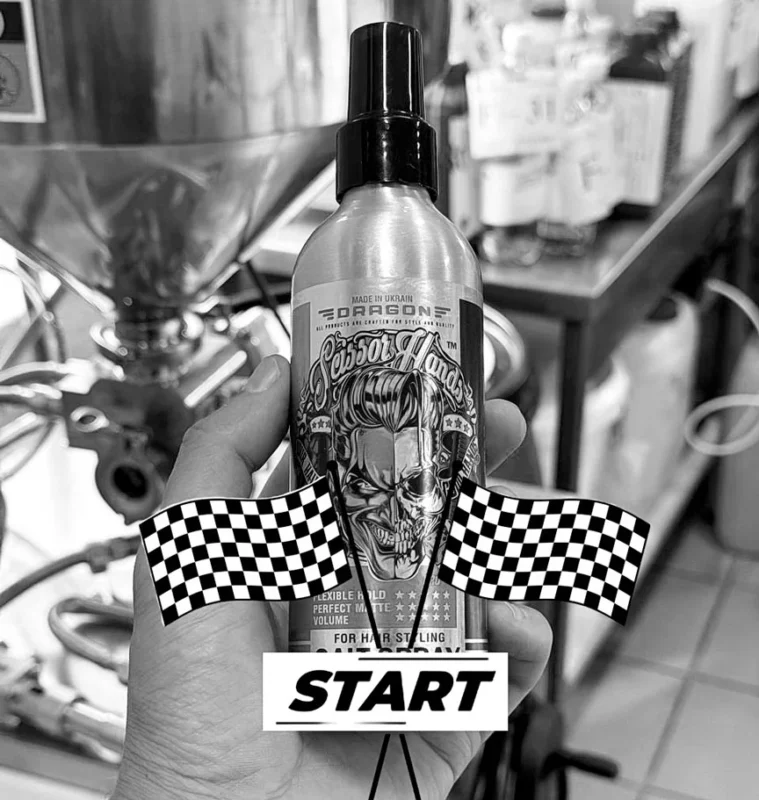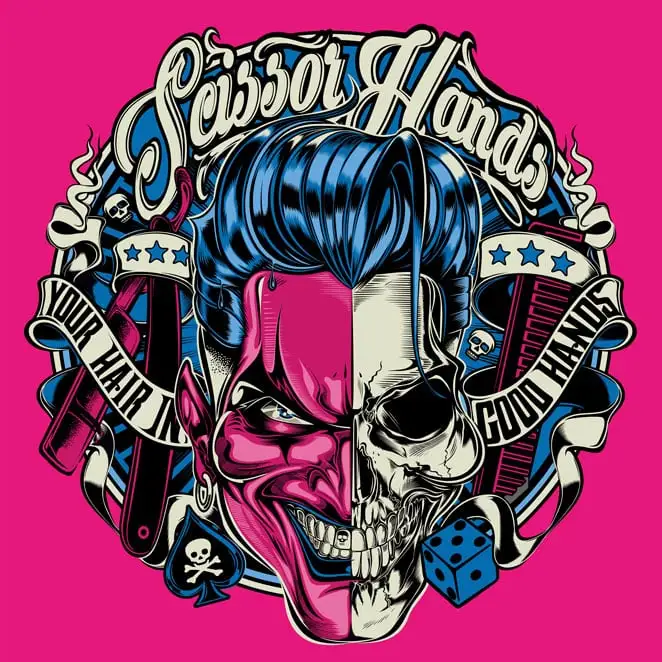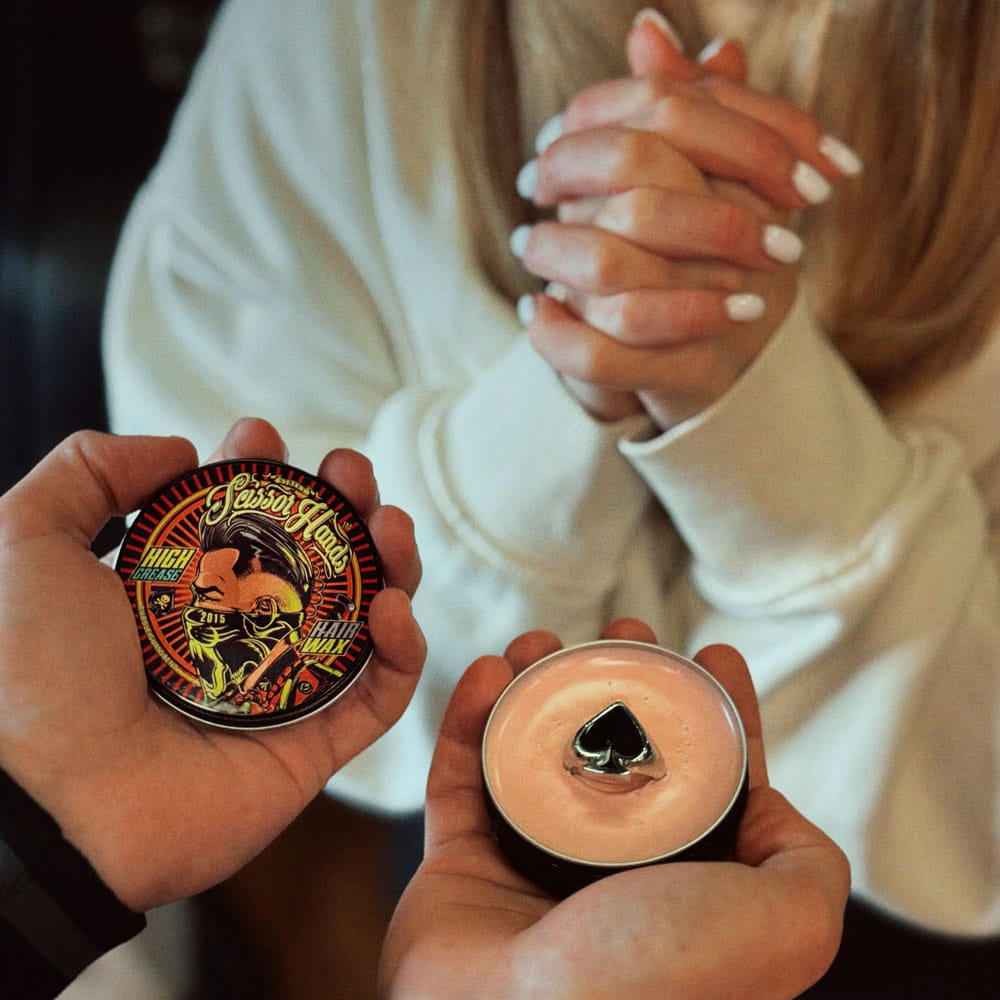Product launching
Launching a high-quality product is a miracle in itself, an exciting and responsible endeavor. Developing an enchanting concept with lots of bells and whistles is not the problem; the challenge lies in how to produce it on an industrial scale. For this, a completely different approach is required, as the success of the company and customer satisfaction depend on the correctness of the decisions made. Here, I would like to share with you what the production must go through to bring a new product to market.
Choosing the direction is always a fateful decision, the results of which can be seen years later. When making it, such factors as the existing weaknesses in the current range, idle raw materials and components, trending competitor products, seasonality, brand fans’ expectations, the intended product goal, life situations dictated by fate at the moment, and even the team’s mood should be considered. After all, launching a new product is always a challenge, and it’s unclear how much time, money, and effort it will take. Planting trees that only provide shade and nothing more significant does not bring glory. The task of a leader is to look into the future, calculate all possible options, and return with the fastest and most effective solution.
When developing a new product, it’s necessary to study whether such a product exists among competing brands, and if not, to analyze the time period until they logically arrive at this product. Like a chess player, we must foresee our opponents’ moves and be ready to counteract them. If the task is to create a higher-quality equivalent, it’s necessary to review and compare: pricing policy, design, fragrance, properties, and composition. Therefore, it’s important to periodically buy products from all brands of interest and compare them with your own products.
Is the neighbor’s product better? Very often, we underestimate ourselves and think that “the grass is greener on the other side.” However, in our observations, over time, brands tend to economize, reducing the amount of fragrance or other costly components, which directly affects the product’s texture or properties. You need to understand that just because a brand made a good product two years ago does not mean that its quality is still at the same level or improving. So, selling a lot while doing poorly is the privilege of big, old manufacturers.
It is very important to work with what you have and develop products for which you have the most packaging and raw materials, while gradually adding 1–2 new components. When purchasing a small quantity of raw materials from a supplier, be prepared that, in a year, they may no longer supply this raw material due to a lack of demand, forcing you to redo all products containing this component. With packaging, the situation is different; China dictates its own rules, offering excellent quality at a good price. However, they require bulk purchases; if you say you need 1–2 thousand packages, they will stop responding to you. So, order a lot upfront, and later work on utilizing all available materials.
Okay, we have most of the raw materials for the new product, but we’re missing new components. For development, it is necessary to monitor and implement new innovations. The search for new components is an ongoing process aimed at improving products. When selecting suppliers, preference should be given to reliable partners with a positive reputation verified by experience and time. The well-known saying goes, “An old friend is better than two new ones,” which also applies to cosmetics. It is important to clearly understand that you need to create a detailed request, and the supplier will fulfill the need; the waiting time is usually one to two months. The key point here is loyalty, as it helps achieve a stable product formula.
From our observations, each country has its strengths and weaknesses: for example, the highest quality emulsifying wax comes from Italy, fixing agents from China, bases and components for shampoos from Germany, fragrances from France, conditioning paraffin used to come from Russia, and dyes from America. This is a fundamental point requiring deep research to source the best from every corner of the planet.
A lot of work has already been done, but in terms of the product launch timeline, we’ve only just left the shore. The success of the product now depends on the willingness to suffer mentally and die for its complete birth into the world. From my observations, I get the product I have long visualized in my mind, but to obtain it, I must work to the point of exhaustion, when I start to lose faith that it is possible, but keep going, and at that moment, it is created. Thus, a new product is always a small miracle that finds a soul in consciousness and form in the real world, and my task is to help it stand on its feet.
Finally, the moment of truth arrives: will I give a thumbs up or thumbs down and execute the sample? Externally, the product looks like a finished item, but inside, many unknown issues may lurk that need to be addressed. Mentally, I’m ready to discard it, but just in case, I take it home to test. And giving it one last chance, it turns out that wow, it not only meets expectations but significantly exceeds them. Here it is, special and unlike any other, not even believed in by its creator. Triumph and, at the same time, humility in the face of the mystery of creativity, but understanding that there is still a long way to go to complete the intended realization.
Even if it was possible to make the product, it is not guaranteed that it can be repeated; in a “crunch,” something can always be missed. But, as practice shows, even if it was not possible to repeat it, this pushes for the next round of development until a stable formula is achieved. I would say this is the first wave of product evolution, which will continue in the next stages.
After the intense development period, the testing phase begins. This is essentially the exam that our product takes. At this stage, it is like a small, constantly sick child whose immunity needs to be strengthened. We subject it to various tests: checking stability, resistance to external influences, studying its behavior under different temperatures and humidity levels. Sometimes the results are unexpected: the product can settle, become moldy or separate, lose its fragrance, lose its properties, corrode, or change color. However, each failure is valuable information that helps us understand what needs improvement. We keep detailed records of all tests and results. This database becomes our guide in the world of formulas and ingredients, helping us create increasingly better products.
Finally, God answers the prayers over which the most tears were shed. The product is ready! We pass the formula on, rest a little, rejoice in the result, praise ourselves, and move on to the next stage for the next dose of pure dopamine.
Before launching the product for sale, it must undergo quality certification to confirm it meets all necessary standards, and only after certification are the documents sent for barcode registration. This procedure takes one to two months.
Next, we register a unique barcode that allows tracking the product at all stages, from the manufacturer to the consumer. “482” are the first digits of the barcode, indicating the country of production — the best place on the planet, Ukraine. This takes about two weeks.
Our journey continues; we are now at the product’s visual aspect. This is my favorite stage because it engages the most vivid human sense — sight. This area consumes the most resources, and everything is decided here. You may be forgiven for bugs in the product, but you will be forgotten and passed by if you don’t look good. Design is the area into which we have always invested vital resources throughout our history, as the visual image reflects the company’s uniqueness and values. Everything should be practical, sexy, and meaningful, otherwise, what’s life without meaning? Someone might say our designs are ugly, but they are also beautiful, and beauty and ugliness in tandem look more powerful and cannot exist without each other.
The most tedious part, but working on it is inevitable. Creativity can be applied here if desired; the main thing is that the label should be made by the same person who loves design and is capable of evolving in their direction, offering interesting solutions while considering the packaging’s shape.
To be honest, boxes greatly boost sales, so boxes are important, perhaps even more than the product itself. Attractive packaging plays a key role in future success because it attracts attention and creates a first impression. The first impression deliberately forms sympathy throughout further acquaintance with the product. If you make complex boxes, they look cool but significantly complicate their assembly and take more time. The only consolation is that there are many people willing to assemble boxes.
Production must always be optimized; it should be so simple that both a university student doing an internship and a 50-year-old woman with vision problems can figure it out. Therefore, it is better when the print is already applied to the metal or packaging, as this action saves an entire department. To increase efficiency, more attention should be given to intellectual work rather than physical work, which will free up more time for life under the sun.
When all the elements are assembled, the formula is added to the database, where it will be monitored and its cost calculated. The database for calculating raw material consumption does incredible things: it can sober up creativity in the advertising budget, perfectionism in product development, and the wild excitement of investing in new directions. It can also predict the need for raw materials and ensure quality stability throughout the entire production cycle.
The text should be written in accordance with certain rules dictated by the modern world. Keywords must be carefully selected so that our product is easily found in the Google search engine; otherwise, you will simply not be found online, and you will miss out on traffic. And, of course, it needs a touch of spice — a real, captivating story. People can sense bluffing immediately, but they forgive it if the description is brightly epic, so bright that they unconsciously want to believe in it, which, by the way, is already an art form.
One of the most stressful moments, in which something can go wrong, especially when the volume of production is large. When filling a test batch, the stability of the formula for large volumes is checked. A small volume cannot always be integrated into a large one, so at its core, the development must include parameters for the properties of large-scale production batches.
Visual content plays a huge role. High-quality photographs can tell more about the product than any words. We focus on two photos: one on a white background, the other for social media. I would say that photography is the next stage in product design, where you need to create an expressive composition in the person’s mind, giving them that little dream in which they immerse themselves and feel like a hero or a child. And it doesn’t matter whether they experience a good emotion or a bad one — if they feel something, that’s already a victory. The logic is simple: it’s good when there is emotion, bad when there is none, but the worst of all is indifference.
Speed is everything for us; photos must be uploaded to the site only in Web format, and before that, they must be further optimized to weigh no more than 100 kilobytes. The site must open instantly. This cannot yet be said about our site, but we are working hard on it.
We send the photos to the website master for uploading and creating the product page. After that, we enter the quantity of the product on the site and set the status to “available.” And, of course, a fresh post on Instagram!
Over 10 years of work, we have noticed that a product reaches its peak state after a year of sales. All negative and positive feedback is gathered, adjustments are made, and then we can say that the product is complete. It becomes independent and begins to live in people’s minds, with the percentage of people increasing steadily each year. This indicates that, as in the wild, everything big and stable achieves growth slowly.
Conclusions:
In capitalism, competition is ruthless; brands and their leaders are ready to stand to the death, and the arms race does not stop for a moment. To win this battle, you need to live for your business. And in the situation Ukraine finds itself in, everything becomes even more difficult and may seem dark. But the focus should be on positive things, and we focus on development. So do not judge us harshly when you see that we do not launch new products very often; all this takes a lot of time.
Author of the article:
Nazar Eduardovych Zinenko,
CEO of Scissor Hands™
Editor:
Kurylo Svitlana Pavlivna



